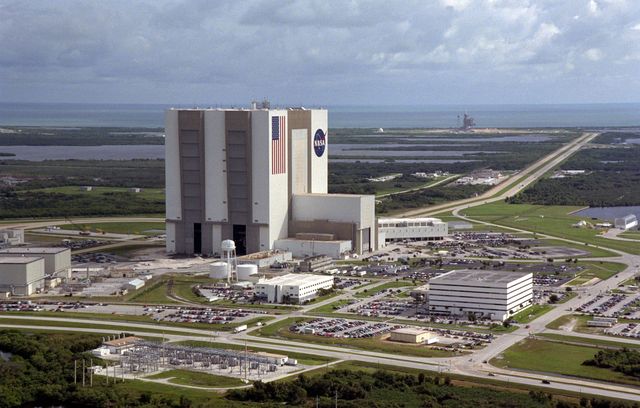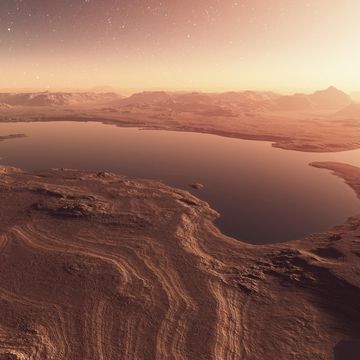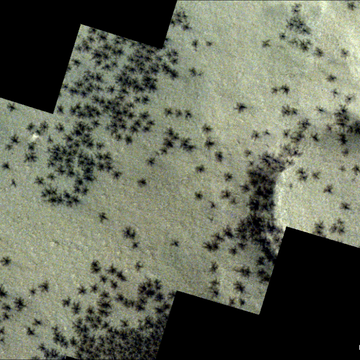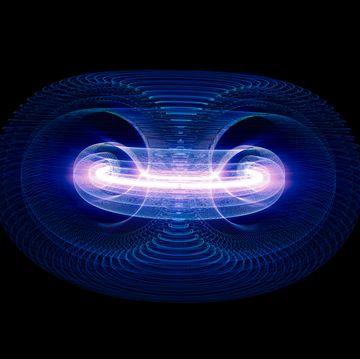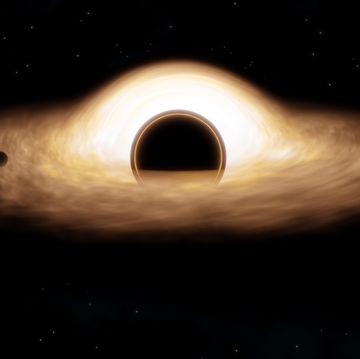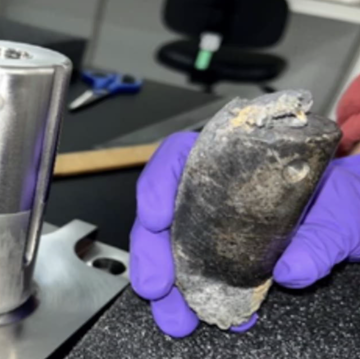President Obama's 2017 budget request for NASA is out. While nothing is final (this is, after all, a presidential budget going up against a Congress that has not supported Obama's policies), NASA tends to have bipartisan support in Washington, D.C., so the $19 billion ask may not be far off the mark in the end.
There are few major surprises in the budget. It continues a planetary science emphasis on Mars and the upcoming mission to Jupiter's moon Europa, while laying the groundwork for whatever becomes the next flagship mission. The James Webb Space Telescope gets $569 million, enough to keep it on track through its 2018 launch. And funding continues to look toward the agency's future, funding research into new exploration targets and propulsion.
Here's a little breakdown of the proposal:
Science ($5.6 billion)
Earth science would theoretically get $2 billion, but this may be the most contentious part of the budget. It boils down to NASA's research into climate science, especially climate change, which is a perpetually hot-button issue. Some members of the GOP (which controls both chambers of Congress) do not believe that anthropogenic climate change is happening, and many would like to see NASA (and NOAA, the National Atmospheric and Oceanic Administration) step away from that work.
Planetary science is slated for $1.9 billion, which will cover the cost of building the Mars 2020 rover, plus continuing operations of the Mars Curiosity and Mars Opportunity rovers as well as the Mars Odyssey orbiter. It also provides money for the upcoming Europa mission, which has widespread bipartisan support. The New Frontiers missions will continue to be funded, which comprises the Juno mission (set to arrive at Jupiter this year), the Pluto New Horizons probe, and OSIRIS-REx, an asteroid sample mission that will launch in September.
Many space telescope projects will get a total of $782 million, covering continued operation of Hubble and various Explorers Program missions like WISE and NuSTAR. The James Webb Space Telescope gets $569 million to stay on track for a 2018 launch. NASA's heliophysics missions get $699 million. Various missions fall under that umbrella, including the Voyager missions, though they will be only a small fraction of that budget.
Human Exploration Operations ($8.4 billion)
This part of the budget covers the International Space Station, including the beginning of the commercial crew missions that will see SpaceX and Boeing ferry astronauts to the ISS—the first time astronauts will be launched from the United States since the space shuttle shuttered in 2011. This chunk also includes the development of the Orion capsule and Space Launch System, NASA's first deep-space crewed vehicles since the Apollo era.
There's also money for ground operations in the budget, as well as for technological development through private-public partnerships, which have taken increasing prominence in the past few years as NASA teams up with commercial actors for cargo, crew, and launch vehicles.
Of the $8.4 billion, about $5 billion goes toward the ISS.
Space Technology ($827 million)
This is some of NASA's niche work, including development of new technologies. For instance, the budget calls for funding solar-electric propulsion, much like the Planetary Society's LightSail project. The first SLS launch in 2018 includes lightsail-powered CubeSat. There's also money for autonomous satellite repair, development of high-bandwidth spacecraft communication, and a variety of ways the agency seeks to commercialize its numerous inventions for the private sector.
Aeronautics Research ($790 million)
NASA isn't just about space. After all, the first A is for Aeronautics, and NASA continues research into new aviation technology, from new planes to things as mundane as bug-proof jetliner paint. NASA is looking toward improving fuel efficiency and emissions standards of airplanes.
The Lowdown
In all, $18 billion sounds like a lot of money. But NASA is a drop in the bucket when you think about cabinet-level agency budgets. For instance, Health and Human Services and the Department of Defense cost around $1 trillion and $585 billion, respectively, meaning NASA's budget is around 3 percent of the DoD's.
NASA has a some exciting things coming up in 2017, including the rise of commercial crew missions, launching a new planet-finding satellite, and preparing for the successor to the Hubble Telescope. But it's always tricky when Congress has to approve your funding. And with a change in presidents coming next year, NASA's big future goals could look very different very soon.
